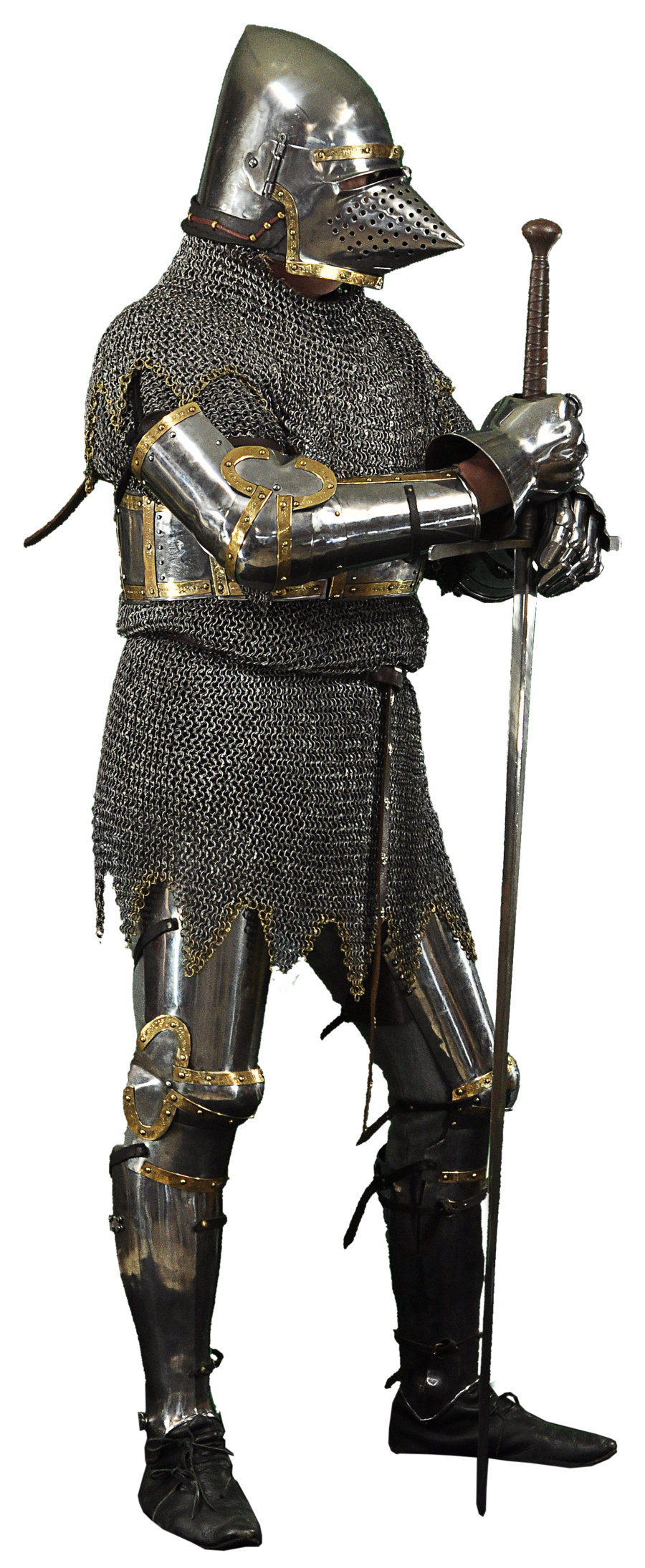

Archers were usually found at battles or siege throughout the medieval world, but they could become a dominant force in the right circumstances. There could be a lot of varieties of bows, and their effectiveness could range significantly on where and how they were used. Now guess my name.Ĭombine a flexible stave of wood with strong string and you have one of the most well known weapons of the Middle Ages. I’ll serve no master when unstrung, only when With his strength – speedy atonement for life. When my lord, who devised this torment for me, I’m a fair creature fashioned for battle.

See also: 10 Moments in the Invention of Guns and Gunpowder The states that were able to do so most effectively would emerge in the fifteenth and sixteenth centuries as the key powers in Europe and Asia.

But military commanders understood that this technology would be the dominant weapon on the battlefield, and every kingdom, state or principality was spending money and resources to build up their supplies. Introduced into Europe in the early fourteenth century, even by the end of the fifteenth century these weapons could prove to be slow and difficult to wield effectively. The rise of gunpowder weapons has often been talked about as a military revolution, although from our perspective it was a slow moving one, taking generations. The Xanadu Gun – photo by Qiushufang / Wikimedia Commons
#Middle ages knighthood series#
The invention of gunpowder in China in the early ninth-century would trigger a series of new weapons – gradually these developments and innovations would spread from eastern Asia and fundamentally change how war was waged. The weapon that would transform the medieval world into the early modern one was the gun – handguns and arquebuses wielded by individuals, and the larger artillery pieces like cannons that could strike at fortifications. The sword places first on our list of the most important weapons in the Middle Ages, not just because it was so widely used in this period, but because so many medieval cultures viewed it as a symbol of military strength and power. It now had to be used more as a thrusting weapon, but even with these changes the sword would gradually decline as a part of vital military equipment. It was because armour was becoming tougher, and the slashing style of the sword was no longer effective. Around the thirteenth century we see a change in the sword, where it blades begin to get more narrow and sharper at its point. This is clear from the spectrum of meanings attached to swords across time and space, encompassing power, wisdom, joy, protection – and fear.įor most of the Middle Ages, the sword was widely used among elite and common soldiers, with some variation between the size of its blade, and how its hilt and pommel were fashioned. Their appeal is not solely attributable to humanity’s timeliness fascination with death. They feature predominantly in the history, cosmology and mythology of communities across the globe, from Africa to northern Europe, from East Asia to the Indian sub-continent. Every culture that has made and used swords has viewed them as extraordinary objects.


 0 kommentar(er)
0 kommentar(er)
